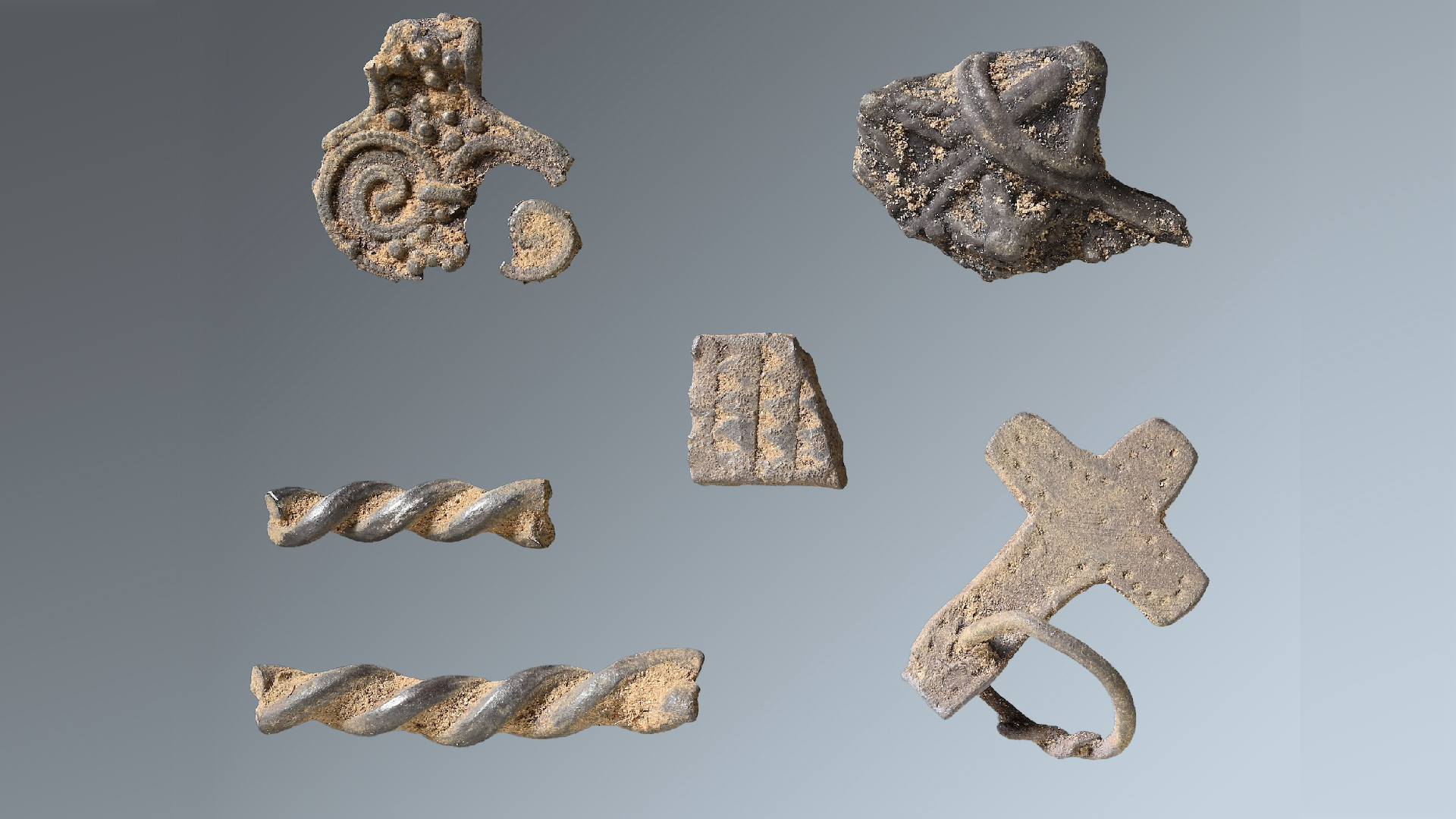15 Martian objects that aren't what they seem
From Martian 'faces' to blueberries and bears, the Red Planet has long tricked human minds into seeing signs of life that aren't there.
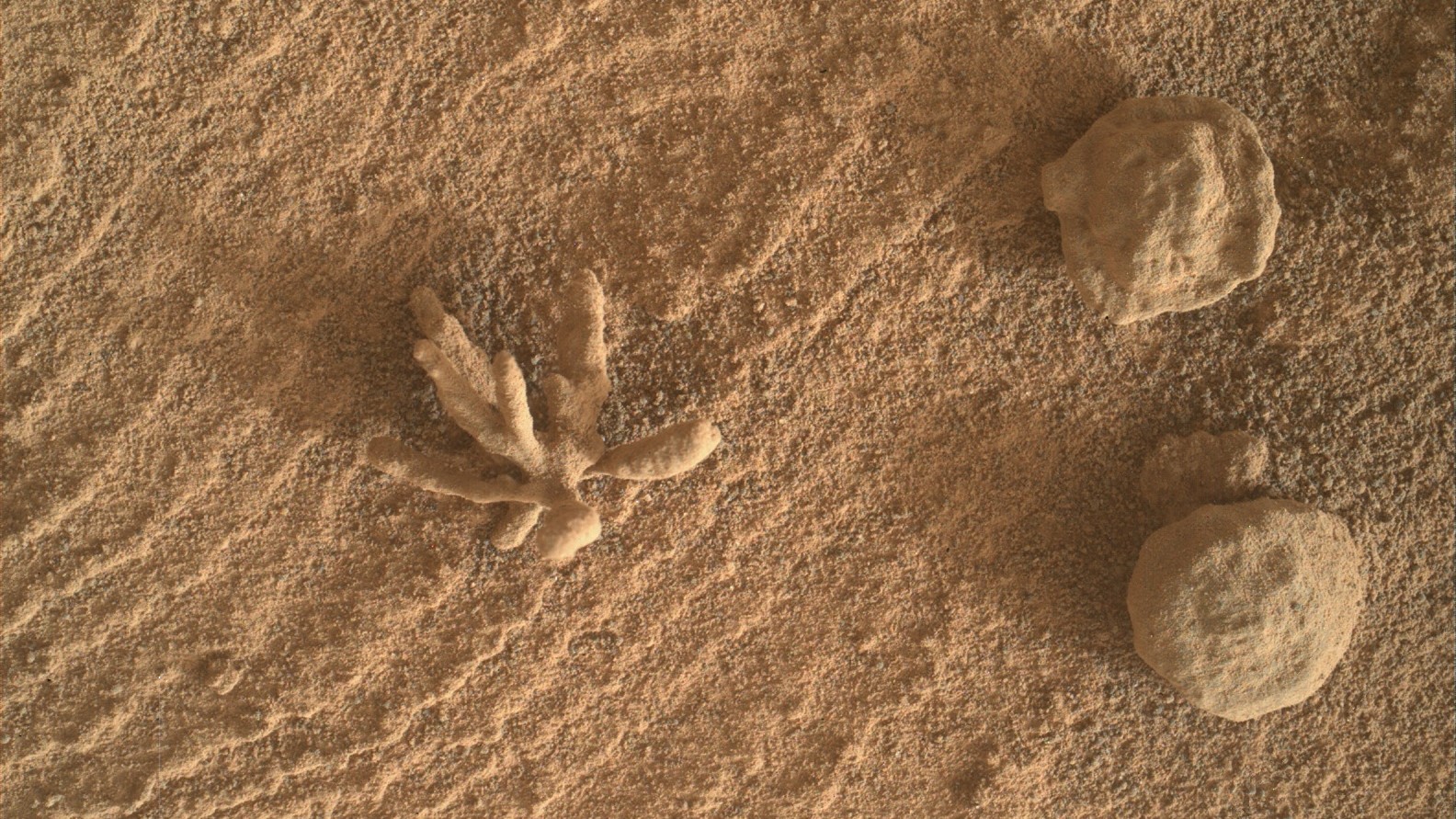
Humans have been seeing strange things on the surface of Mars for centuries. Perhaps it's because, other than Earth, Mars is the closest thing in the solar system to a habitable planet, or perhaps it's simply because it's close enough to get a pretty good look at.
Either way, Earthlings have been fooled time and again by the rocky Martian surface and their own psychology. From spooky, humanoid figures to books, bears, and beatles, here are some of the most iconic illusions humans have spotted on the Red Planet.
Related: In a 1st, NASA's Perseverance rover makes breathable oxygen on Mars
1. A Martian 'book'

Perhaps weary from hunting for evidence of ancient water, NASA's Curiosity rover took a short break in April 2023 to leaf through the pages of an old Martian hardback lying in the dust of Gediz Vallis. While the strange object may look like a book with a single page frozen mid-turn, it is in fact just a rock — and a small one at that. The charming little book-rock measures just 1 inch (2.5 centimeters) wide, according to NASA. At least it's travel-size!
2. A teddy bear's face
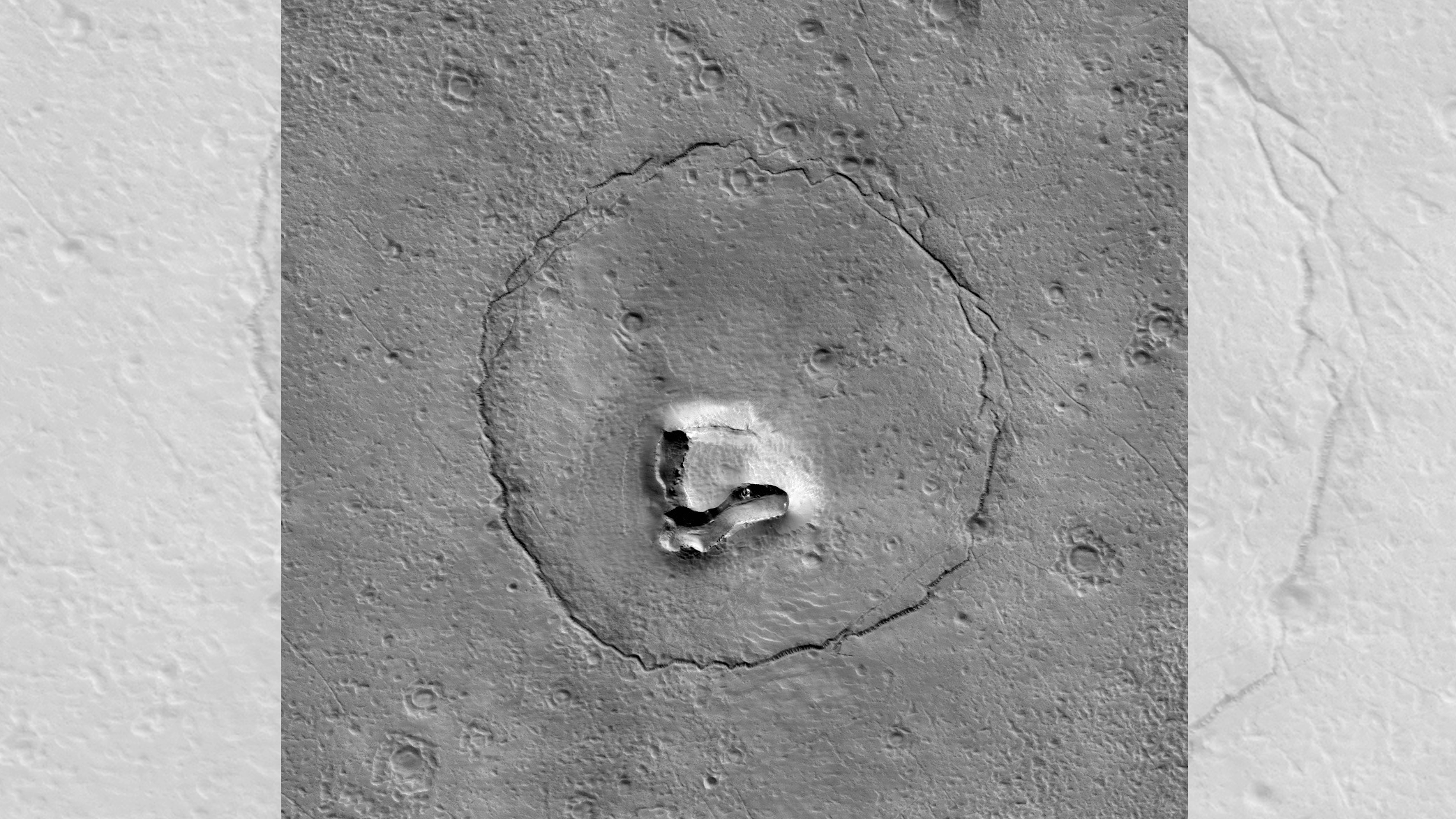
In an image shared January, 2023 by The University of Arizona (UA), what appears to be the face of an enormous Martian teddy bear — complete with two beady eyes, a button nose and an upturned mouth — grins at the camera of NASA's Mars Reconnaissance Orbiter (MRO). According to UA, the cuddly-wuddly formation is likely just a broken-up hill in the center of an ancient crater.
Related: NASA may have unknowingly found and killed alien life on Mars 50 years ago, scientist claims
3. Frozen 'flowers'

Branching outward like a tiny coral, this delicate mineral flower is about the closest thing to greenery one can find on the Red Planet today. Mineral deposits like these are common sights across Mars, and result from ancient water mixing with ancient rock. Still, it's rare to see a deposit that's so perfectly flower-like, NASA researchers said. Curiosity spotted this floral feature in Feb. 2022.
4. Martian 'person'
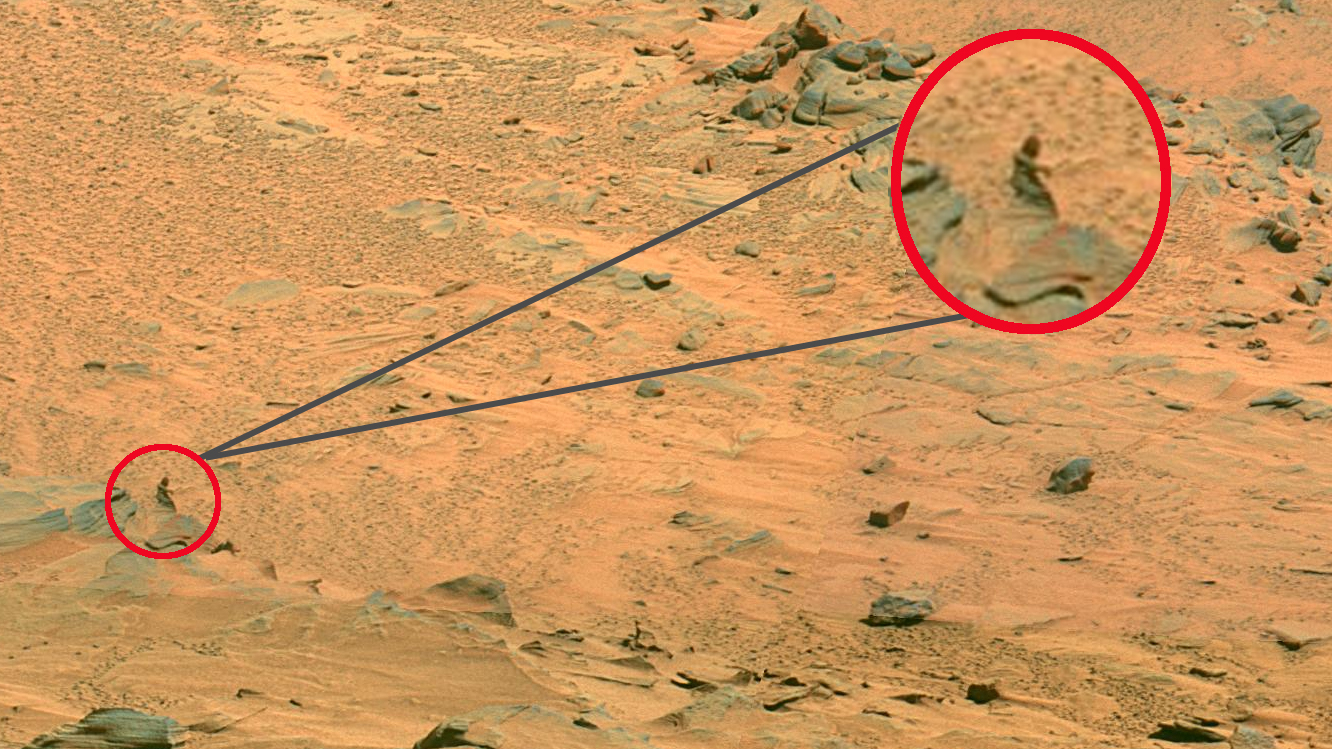
In 2007, the Mars rover Spirit captured quite a sight in its Red Planet home: what appeared to be a human being wearing a robe and kneeling in prayer. Spirit captured a panoramic view of the plateau called Home Plate, located in the inner basin of the Columbia Hills range inside Gusev Crater. Of course, the "human" in the image is merely a rock, which morphs into human form in our brains because of pareidolia.
Related: Curiosity rover discovers that evidence of past life on Mars may have been erased
5. 'The face'
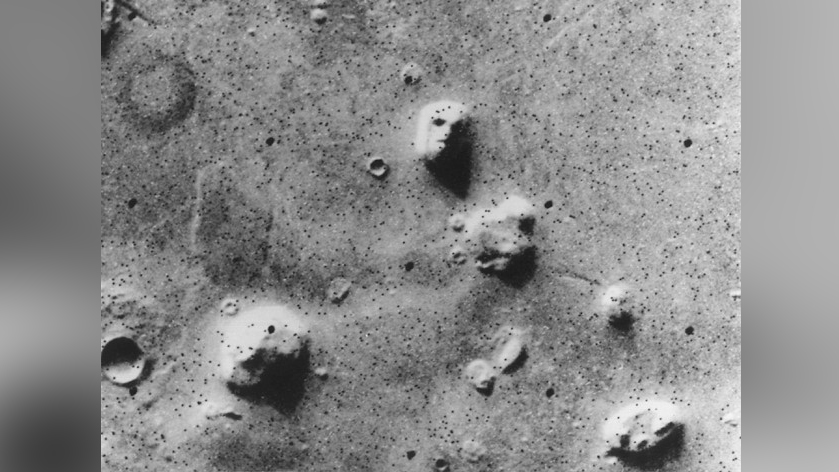
It all started back in 1976, when NASA released an image of an interesting mountain on Mars, taken by the Viking 1 spacecraft, complete with a caption that described the formation as appearing to have eyes and nostrils. More than 30 years later, the "Face on Mars" still inspires myths and conspiracy theories, with many people believing it to be an artificial structure built by an ancient Martian civilization.
From a bird's-eye view, shadows on the mountain really do make it look like a face. From other angles, however, seen in photos taken by the Mars Express Orbiter and other spacecraft, the mountain is clearly just that, and doesn't look much like a face at all.
6. The face... of Ghandi
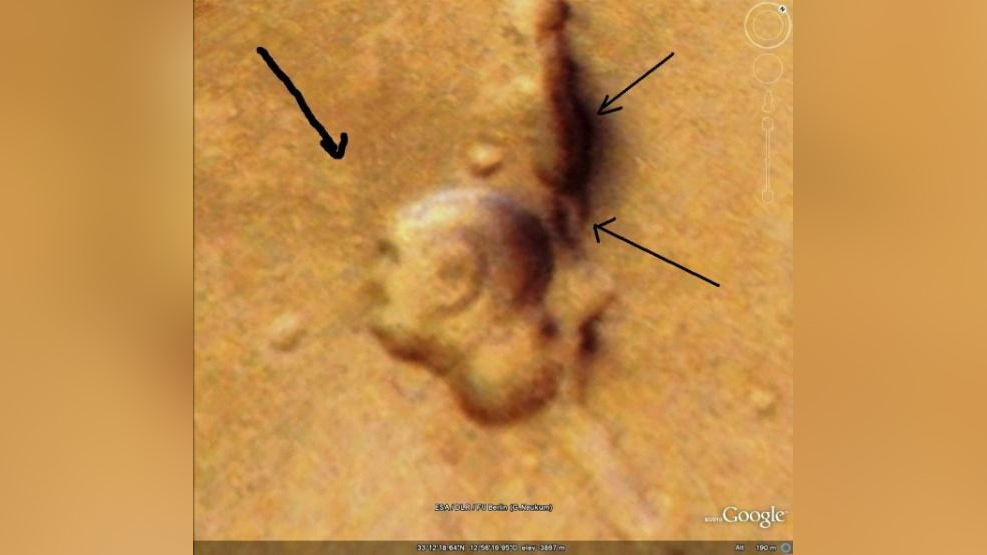
The 1976 Mars face was just the start. With the launch of Google Mars in 2009, a map program created from compiled satellite images of the planet, users could careen around the surface of the Red Planet, finding all sorts of interesting lumps and bumps. One such bump, discovered by an Italian man named Matteo Ianneo, looked eerily like Indian independence activist Mahatma Gandhi, who was assassinated in 1948.
Higher-resolution imagery showed the shape to be not a mountain or hill, but a pit, which does indeed look a bit like a human head in profile, though what appears to be an eye and brow in the Google Mars image is less pronounced in the high resolution picture.
7. Martian 'animal tracks'

Did alien creatures once skitter across the surface of Mars, leaving fossilized tracks embedded in the rocks? One researcher made this controversial claim in 2018, pointing to images of stick-like structures, each about the size of a grain of rice, criss-crossing a Martian rock. NASA researchers quickly debunked the claims, noting that similar features are plentiful on Earth in areas where salts become concentrated in water, such as evaporating lakes. Their presence on Mars is yet more evidence of past rivers and lakes on the Red Planet — but still offer no proof that living creatures ever adorned its surface.
8. A bushel of 'blueberries'
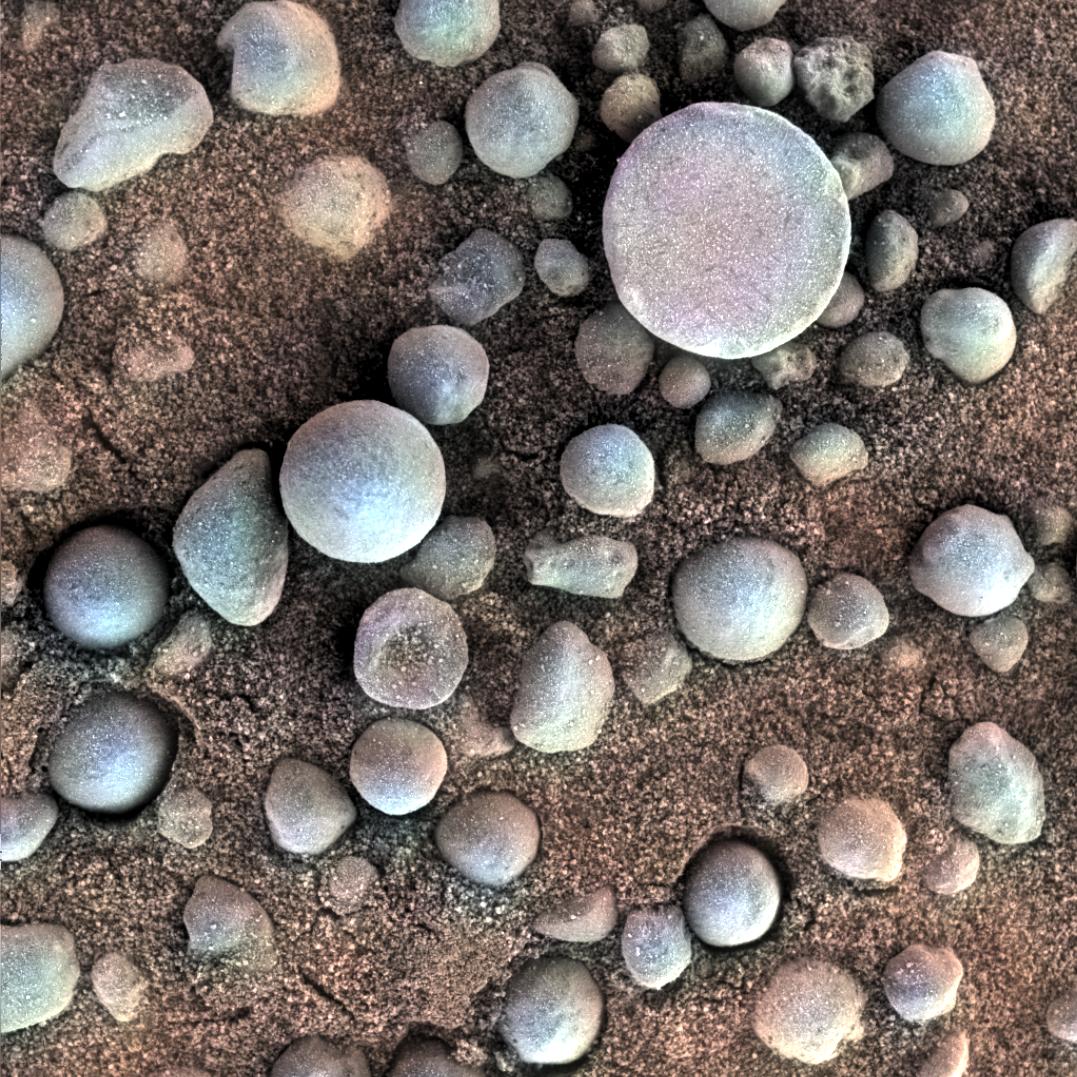
Blueberries are not a significant source of iron when consumed on Earth — but these geological "blueberries" discovered by NASA's Opportunity rover on Mars in 2004 are built differently. These iron-rich spheres, polished smooth by plentiful amounts of water billions of years ago, are some of the earliest evidence scientists have of Mars once being an incredibly wet world. Whether they also taste good on cheesecake is a question for future generations to grapple with.
9. Land and sea
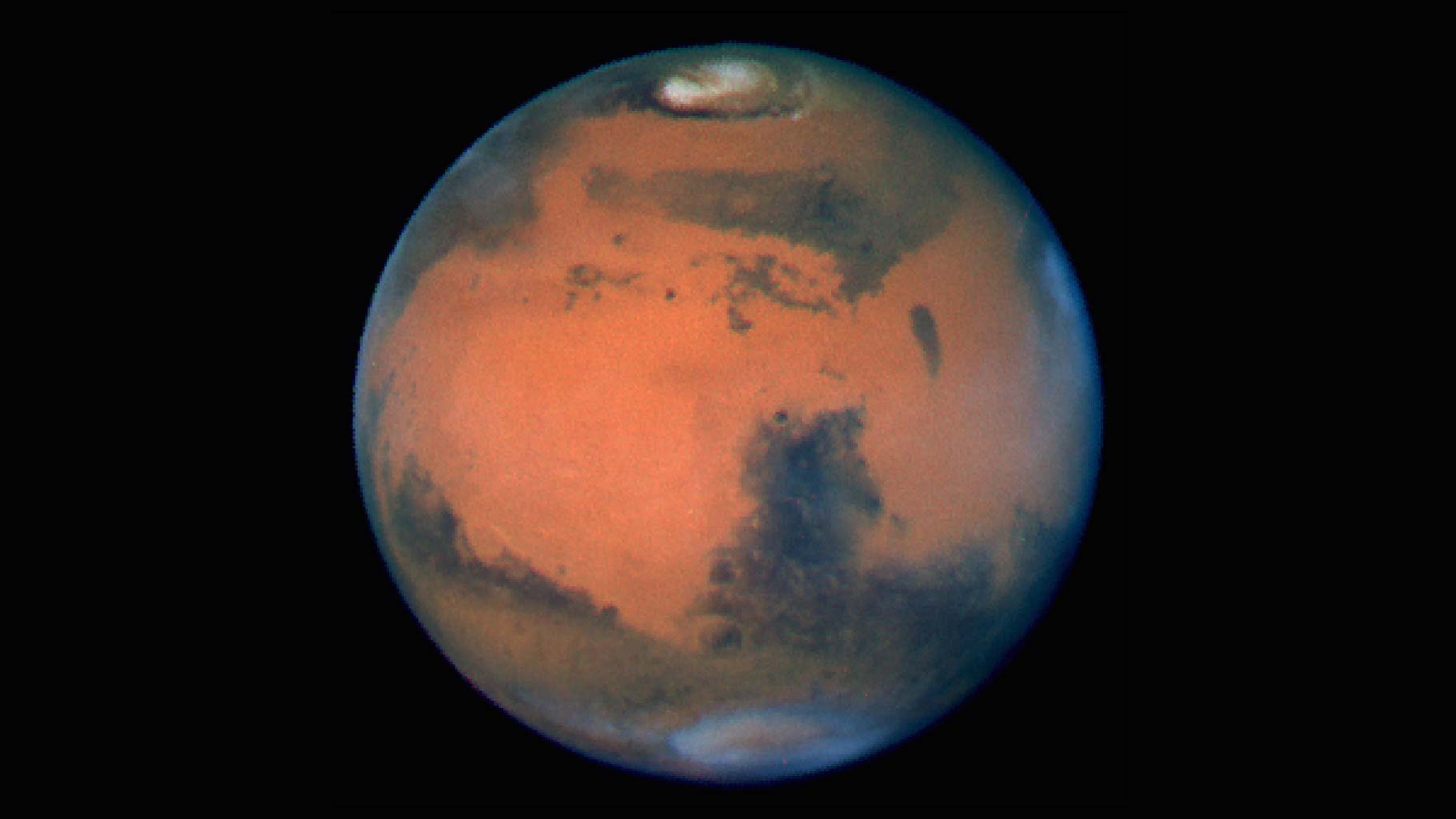
In 1784, Sir William Herschel, a famous British astronomer, wrote that dark areas on Mars were oceans and lighter areas were land. He speculated that Mars was inhabited by intelligent beings who "probably enjoy a situation similar to our own," according to NASA. Herschel's theory prevailed for a century, with other astronomers claiming that vegetation could even be observed in the lighter-colored regions that were taken to be land. Fortunately for Herschel, his other contributions to astronomy — which have earned him the honor of being the namesake of two powerful observatories — were great enough to keep his theories on Martians near the bottom of his biography.
10. A sci-fi forest
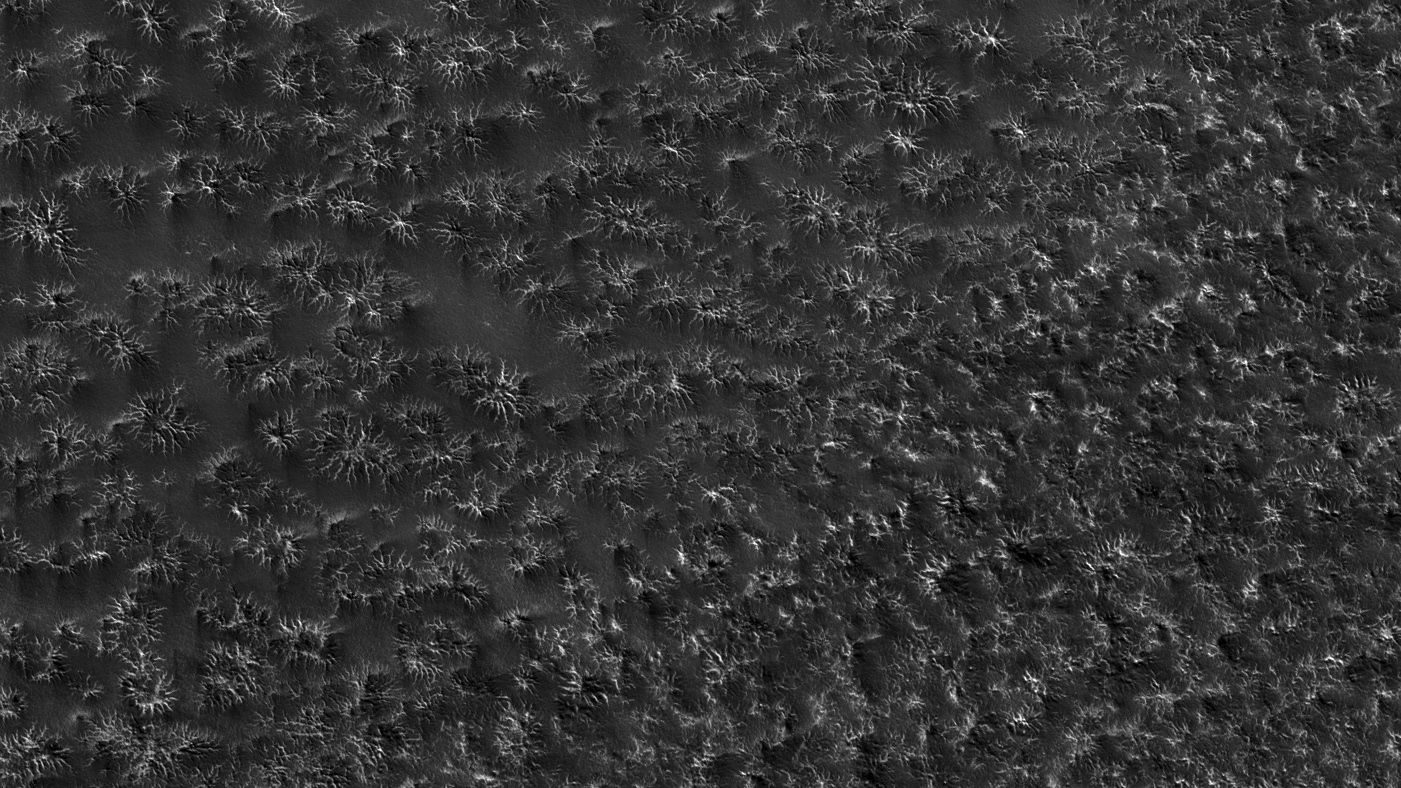
In 2001, seven years before he died, the famous science fiction writer Arthur C. Clarke, co-creator of "2001: A Space Odyssey", announced that he had spotted patches of vegetation, including trees, in new photos of Mars taken by the then-orbiting Mars Global Surveyor. "I'm quite serious when I say, have a really good look at these new Mars images," Clarke said at the time, speaking via phone during the Wernher von Braun Memorial Lecture series at the Smithsonian's National Air and Space Museum. "Something is actually moving and changing with the seasons that suggests, at least, vegetation."
The branches that Clarke thought he saw on the Martian surface are what Mars geologists call "spiders": They do look like branches, and they do vary seasonally, but they're due to the seasonal melting of the carbon dioxide ice caps that exist at Mars' poles. When the CO2 ice sublimate turns into a gas it flows out along paths that look like branches, Live Science previously reported.
11. A hairy blue spider
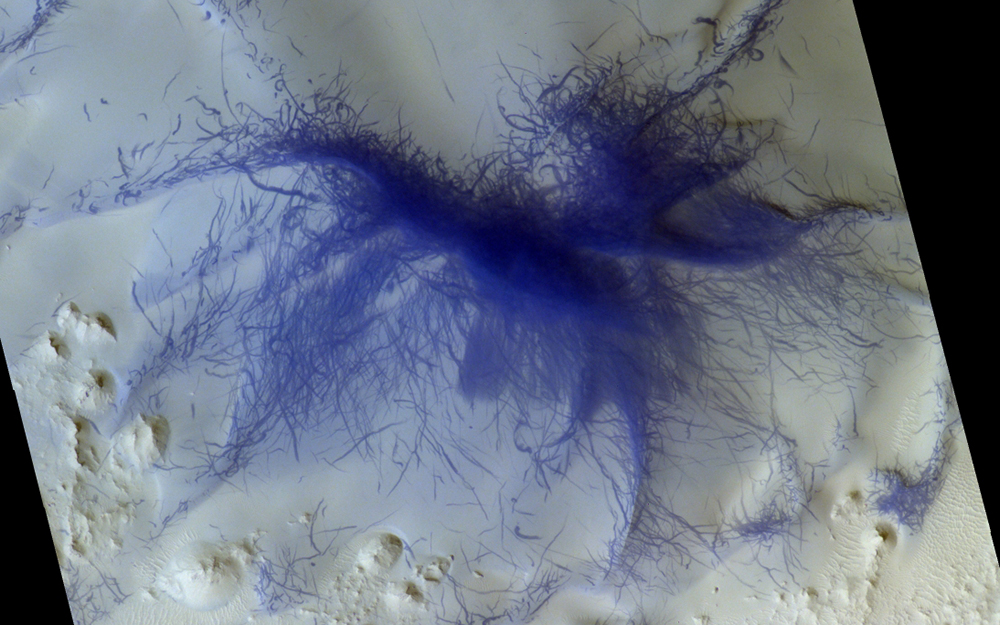
Images taken by a European Space Agency (ESA) orbiter in 2019 seem to show an enormous hairy spider sprawling out its legs across a Martian mountain.
The reality is almost cooler. These spindly "legs" are actually the paths of hundreds of tiny tornadoes, or dust devils, that have traversed the ridge. It's not clear why the mountain is such a tornado hotspot, but ESA scientists said that the way air masses move around the region might be conducive to the formation of the dust devils.
12. Or maybe a beetle?

Seeing creepy-crawlies seems to be a theme on Mars. Also in 2019, William Romoser, a professor emeritus who studies viruses in insects and other arthropods made a surprising claim: He said he could see beetles and other insects, and even reptiles, on the surface of Mars.
Romoser came to this conclusion after examining photographs taken by the NASA Mars rovers, which show plenty of vaguely oval, blobby shapes on the Martian surface. But pareidolia strikes again: What else looks like a vaguely oval blob? Most rocks.
"I do not think there are insects on Mars. The photographs that are in that press release you sent are entirely unconvincing, as they fall within the range expected in zillions of non-insect objects photographed in lowish resolution on a Marscape," David Maddison, a professor in the integrative biology department at Oregon State University, told Live Science at the time. "It is vastly more parsimonious to presume the blobs are simply rocks. As has been said, 'extraordinary claims require extraordinary evidence'; those pictures are far, far less than extraordinary."
13. A cartoon splatter

Finally, something that looks like what it really is. Sometime between July and September 2019, a space object — a meteor perhaps, or a fragment of comet — hit the southern ice cap of Mars and punctured a thin layer of ice, shooting a shower of red dust up and out of the hole. The result is a dark red splat that looks like something a cartoon character might make while running headfirst into a wall. A large camera called HiRISE (High Resolution Imaging Science Experiment) aboard NASA's Mars Reconnaissance Orbiter captured the splat, which is about 0.62 miles (1 kilometer) across.
14. A green rock with drill holes
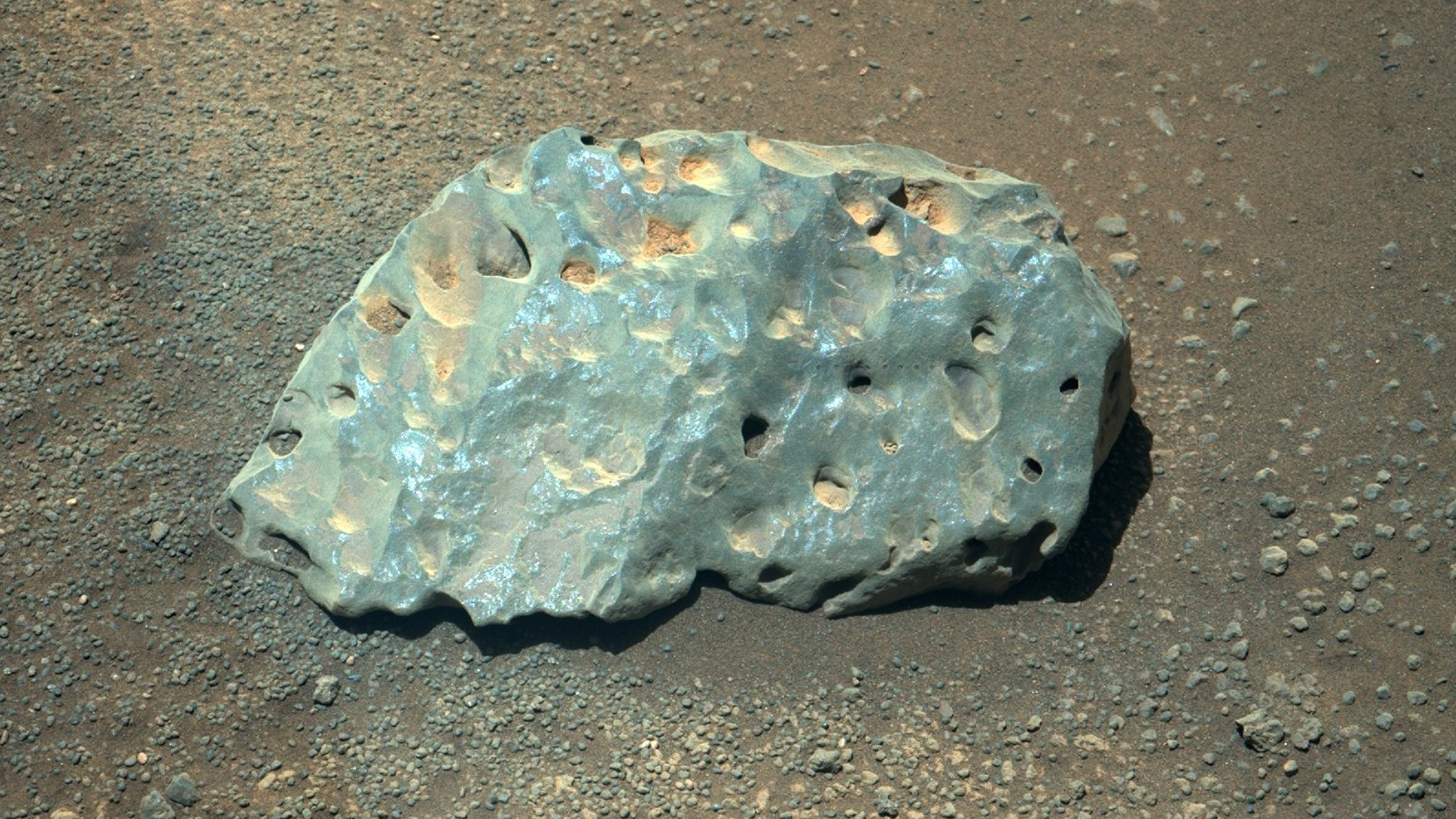
Mars, as we all know, is the Red Planet. So what's with this weird green rock discovered by the Perseverance rover, and how did it get riddled with little holes?
Everyone would like to know. "Is it something weathered out of the local bedrock?," a tweet posted March 31 by the rover's PR team wondered. "Is it a piece of Mars plopped into the area from a far-flung impact event? Is it a meteorite? Or something else?"
The rock is about 6 inches (15 centimeters) long and sits in Mars' Jezero Crater, close to the rover's landing site. The rover has already zapped the rock with a laser to vaporize part of it. The vapor cloud will be analyzed by the rover's cameras and spectrometers to reveal its chemical composition. Perhaps we'll have an answer to this mystery sooner rather than later.
15. The 'canals' of Mars
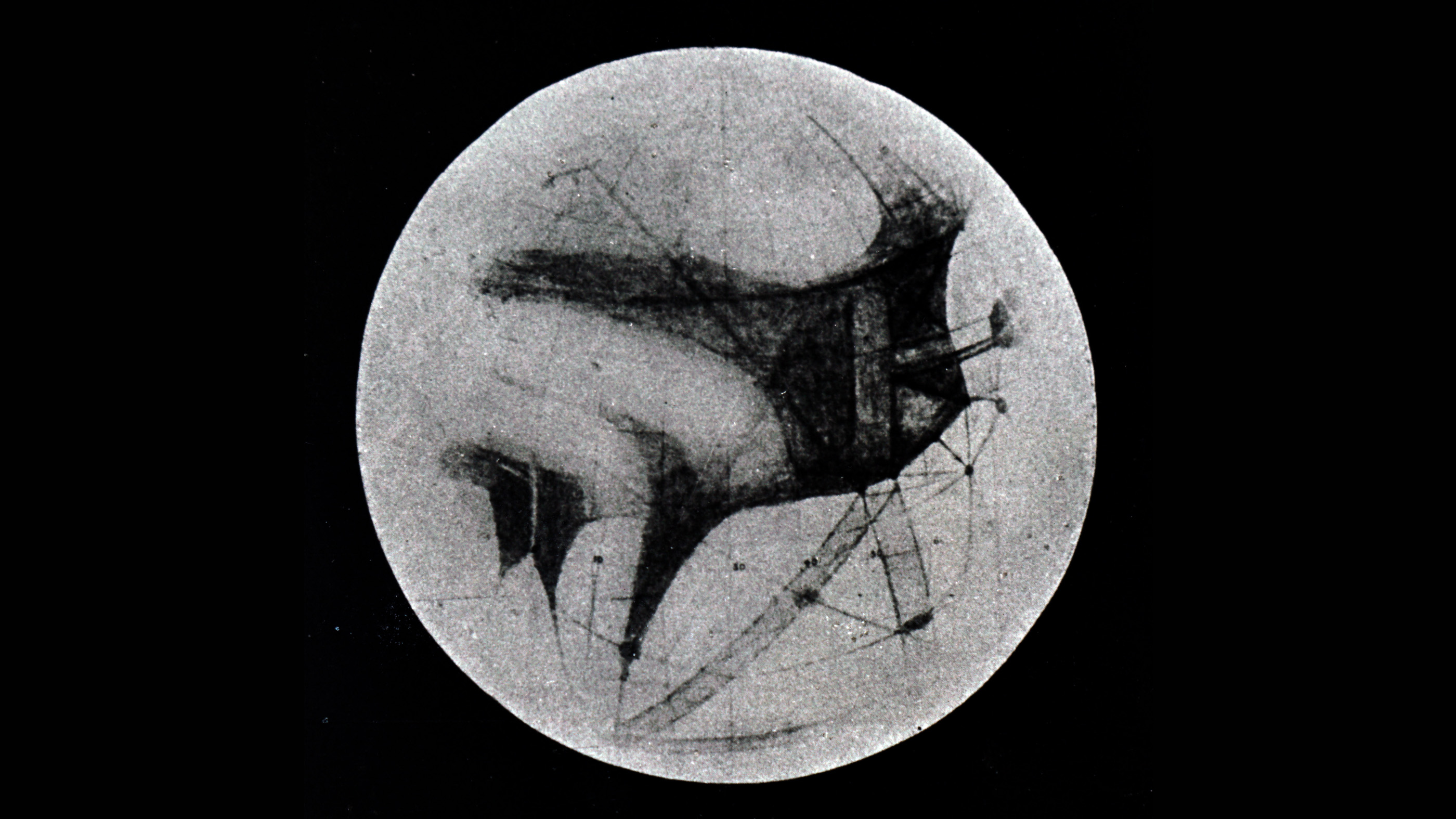
During Mars' close approach to Earth in 1877, the Italian astronomer Giovanni Schiaparelli peered through his telescope and observed grooves on the Red Planet's surface. The Italian word he used for them, "canali," meaning channels, was translated to "canals" in English, leading many in the English-speaking world to conclude that Mars had intelligent life that had built a system of waterways.
The theory was debunked in the early 20th century, when it was demonstrated that the "canals" were merely optical illusions: When viewed through poor-quality telescopes, pointlike features, such as Mars' mountains and craters, appear to be joined together by straight lines. Later, spectroscopic analysis of the light coming from Mars showed that there was no water on its surface.
Editor's note: This article was updated on Oct. 3, 2023, to include more recent Martian illusions.
Sign up for the Live Science daily newsletter now
Get the world’s most fascinating discoveries delivered straight to your inbox.

Brandon is the space/physics editor at Live Science. His writing has appeared in The Washington Post, Reader's Digest, CBS.com, the Richard Dawkins Foundation website and other outlets. He holds a bachelor's degree in creative writing from the University of Arizona, with minors in journalism and media arts. He enjoys writing most about space, geoscience and the mysteries of the universe.
